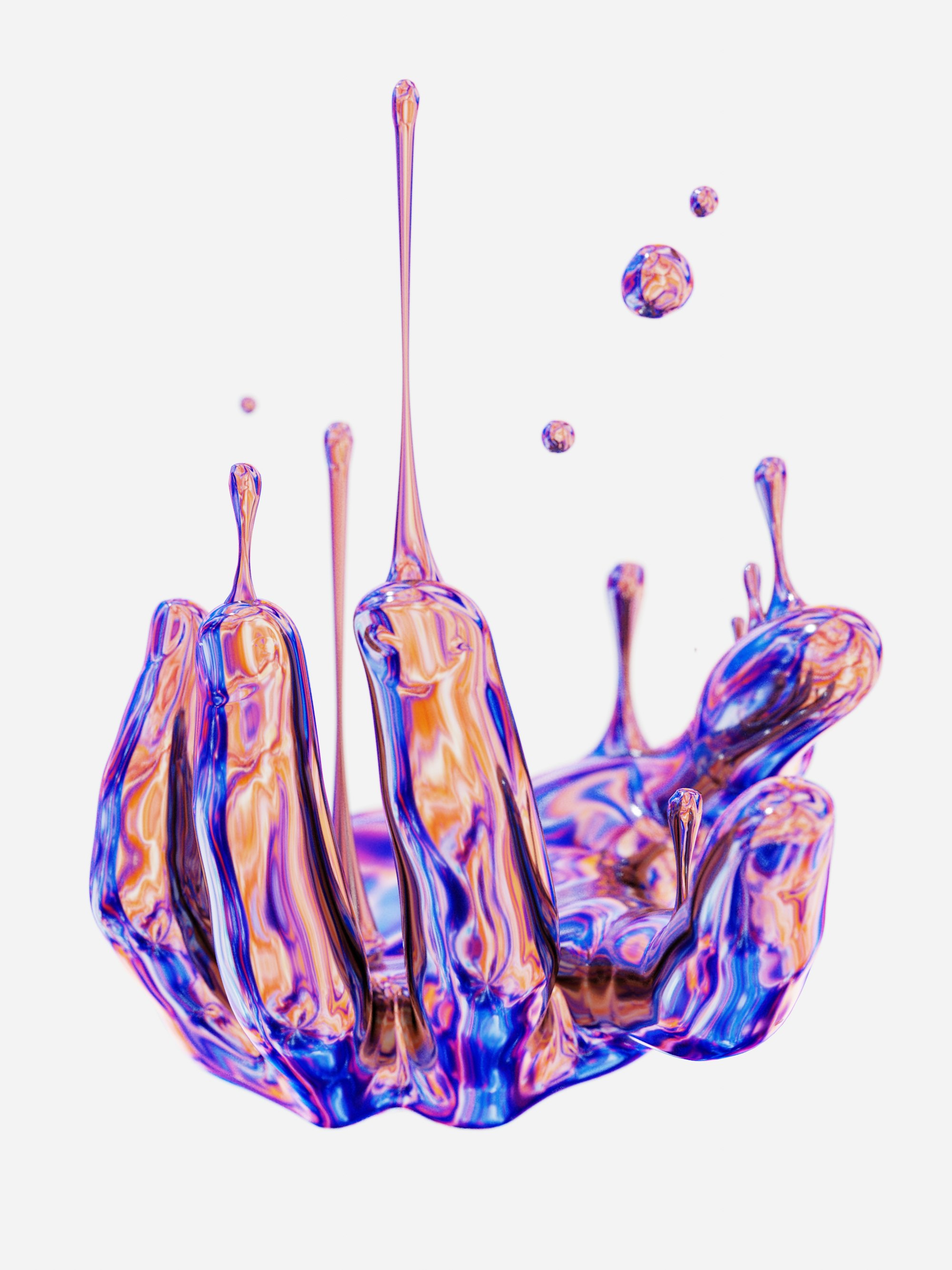Exploring the Fusion of Technology and Creativity: The Rise of Digital Art in the 21st Century

In an era dominated by rapid technological advancements, the art world has witnessed a transformative shift, with digital art emerging as a significant cultural and creative force. This fusion of technology and creativity has redefined traditional artistic boundaries, introducing new mediums, techniques, and possibilities that were unimaginable just a few decades ago. As we delve deeper into the 21st century, digital art continues to evolve, challenging our perceptions of artistry, ownership, and accessibility.
The Genesis of Digital Art
Digital art's roots can be traced back to the 1960s and 70s, when pioneering artists and computer scientists began experimenting with the potential of computer technology as a new medium for creative expression. These early forays into digital creativity laid the groundwork for what would become a burgeoning art form, encompassing everything from digital painting and sculpture to multimedia installations and interactive web-based works.
The Democratization of Art
One of the most profound impacts of digital art has been its role in democratizing the creation, distribution, and consumption of art. With the advent of affordable software and hardware, artists from diverse backgrounds have gained unprecedented access to digital tools, enabling them to produce and share their work on a global scale. This accessibility has led to a flourishing of creativity and innovation, with digital artists pushing the boundaries of what is possible.
Digital Art Techniques and Mediums
Digital art encompasses a wide range of techniques and mediums, each offering unique possibilities for expression:
- Digital Painting and Drawing: Artists use styluses and digital canvases to create works that can mimic traditional painting and drawing techniques or explore entirely new styles.
- 3D Modeling and Animation: These techniques allow for the creation of complex, lifelike scenes and characters, used in everything from fine art to cinema and video games.
- Generative Art: Utilizing algorithms and code, artists create works that can change and evolve, offering a new perspective on the creative process.
- Virtual and Augmented Reality: VR and AR technologies offer immersive experiences, transforming how viewers interact with art by placing them inside the work or adding digital layers to the physical world.
The Influence of Social Media and Online Platforms
Social media and online platforms have played a crucial role in the rise of digital art, offering artists platforms to showcase their work, engage with audiences, and collaborate with other creatives. Instagram, Behance, and DeviantArt, among others, have become digital galleries where artists can gain exposure and connect with fans and collectors worldwide.
NFTs and the Digital Art Market
The recent explosion of interest in Non-Fungible Tokens (NFTs) has introduced a new dimension to digital art, offering a way for artists to sell ownership of unique digital works. This has sparked a heated debate about the value of digital art and its place in the art market, with NFTs selling for millions and raising questions about copyright, ownership, and the environmental impact of blockchain technology.
Challenges and Opportunities
Despite its growth, digital art faces challenges, including issues of copyright infringement, the digital divide, and the struggle for recognition within the traditional art world. However, these challenges also present opportunities for innovation and advocacy, as artists and institutions work to navigate these complexities.
The Future of Digital Art
Looking forward, the future of digital art is boundless, with emerging technologies like AI, machine learning, and advanced VR/AR offering new avenues for exploration. As artists continue to experiment with these tools, the line between art and technology will become increasingly blurred, leading to new forms of expression and experiences that are yet to be imagined.
Conclusion
The rise of digital art in the 21st century represents a pivotal moment in the history of art, marking a departure from traditional forms and mediums and towards a future where technology and creativity converge. As digital art continues to evolve, it challenges us to reconsider our definitions of artistry and creativity, pushing the boundaries of what is possible. In this ever-changing landscape, one thing remains clear: digital art has forever altered the canvas of human expression, opening up new worlds of possibility that extend far beyond the physical realm.
